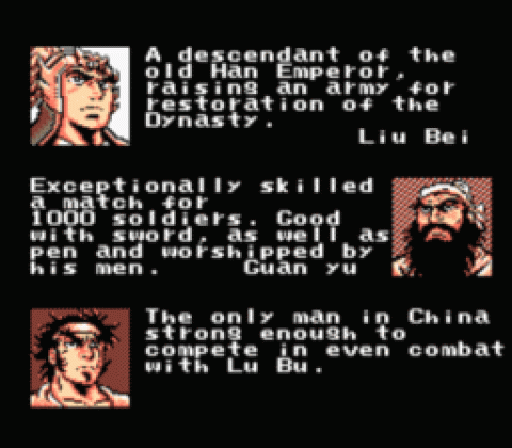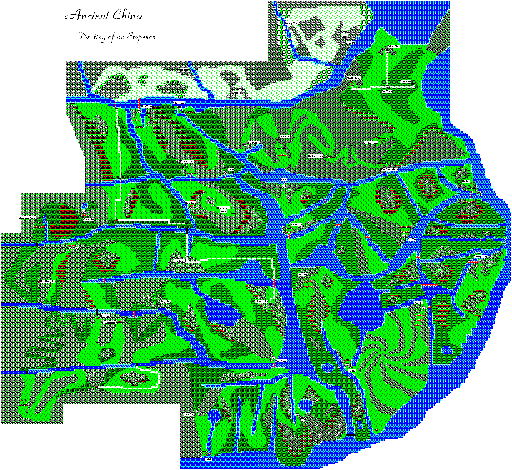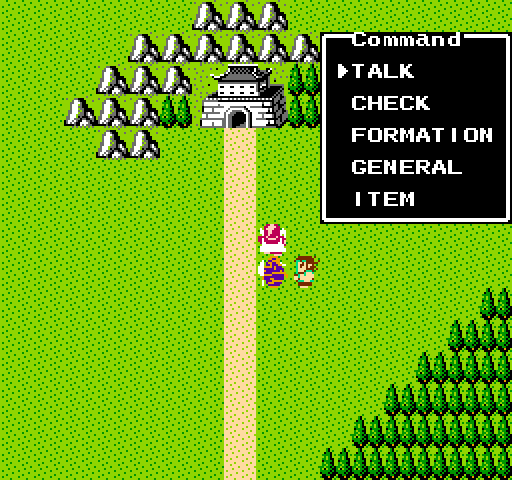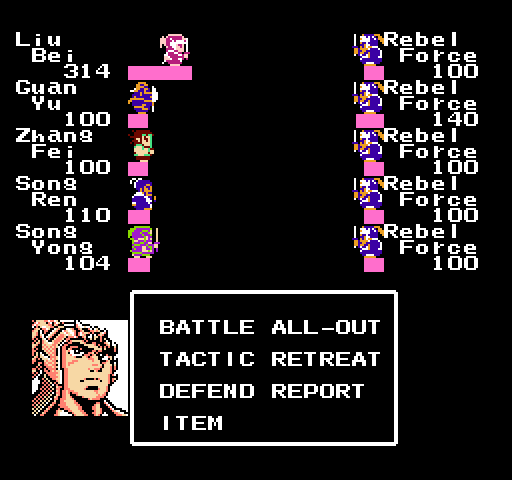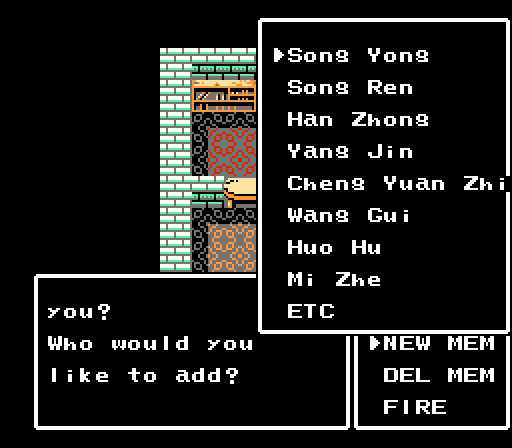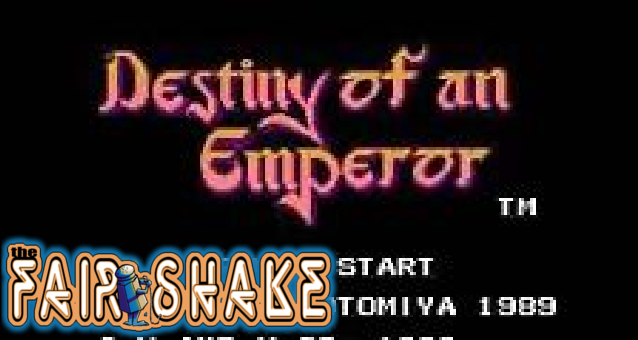
The Fair Shake
Destiny of an Emperor
Looking over my body of work here at 1MC, I’m fairly content with the selection of games I’ve chosen. It is *my* column after all, so of course it’ll skew towards things I like to play. I thoroughly enjoy JRPGs, but I feel so much has been written about the Final Fantasy series that I don’t really feel the need to contribute anything further. Then I realized I haven’t talked about one of my personal favorites, Destiny of an Emperor.
Destiny of an Emperor (DoaE) was released in the US in 1990 by a company known more for side scrolling adventures, Capcom. The game is based loosely on the Chinese epic novel Romance of the Three Kingdoms. For those unfamiliar with the piece, it is a partly fictional sweeping historical epic (pant….. pant…. say that three times fast), written during the 14th century, about the end of the Han Dynasty in ancient China and attempts to salvage what was left of the kingdom. The game puts you in control of Liu Bei, a ruler of one of the three kingdoms of ancient China, with his two brothers, Zhang Fei and Guan Yu at his side.
The game takes you on a whirlwind tour of China, with you and your army freeing the land, ultimately uniting the land in one kingdom. You’ll encounter many warlords of the era, some who are good and will aid you in your quest, others who are evil and are opposed to you. The game is played similar to Final Fantasy and other JRPGs, where your team is shown walking around a landscape single file and battles are turn based with both armies lining up to do battle. Unlike those games, the characters move quickly around the screen, which makes it so much more enjoyable to play over some other games. Seriously, play this for an hour, then go play Final Fantasy. Sloww
One of my favorite things about this game is actually the graphics. Everyone in the game has these armor sets or ‘sorcerer-wear’ that in real life would easily place in a cos-play competition. It’s a shame that the character avatars (did we even call them that back then?) don’t really match the sprites, but I guess no game really did then. That leads me to another odd point about this game. While most other RPGs have one sprite = one character with hit points, in DoaE, the sprite represents a warlord, and his army. Which means you don’t have 10000 hit points, but 10000 soldiers who are battling on a field! As your numbers decrease, the damage you deal decreases as well.
My biggest gripe with this game is the menu system. It’s not as elegant as other RPGs, and the NES controller makes it a little more difficult to move around on, as compared to say, an Ultima game, where every letter on a keyboard has a function. Equipping weapons is tedious. Fighting is turn based, but there is an ‘All-Out’ option which makes the battle automatic until resolved, greatly speeding the game up. A ‘Tactic’ could be considered as ‘magic’ in any other RPG, with fire and water attacks, along with healing and resurrection.
Occasionally, you’ll stumble onto an enemy force with a ‘named’ general in command. These generals may join your army and quest. There’s a constant rotating cast of characters in the game, made up of 150 real life warlords. As you may only ‘walk around’ with five people, you can retain many more at an inn. With all of these warlords, the game is bound to have some grinding, and you’ll either love or hate that. Making up for this is the music, which like any other Capcom game, is great. The tunes are so great they’ll linger in your head long after playing the game. I sometimes cringe at the rapid THWUMP THWUMP sound during a battle, indicating that I’m getting pulverized… repeatedly.
DoaE is not only underrated, it’s been forgotten. Sure there have been official and unofficial sequels to the game, but really, most people’s NES RPG memories stop at Final Fantasy and Dragon Warrior. I won’t say that the game is “better” than those games, but I hold it on the same pedestal. A bonus is that the game has a partial basis in fact. As a child I went into this game knowing nothing about Asian history, but this game made me want to learn a little more. See? Games can be educational. Looking for a NES RPG experience and tired of the mainstays? Give this overlooked classic the Fair Shake
